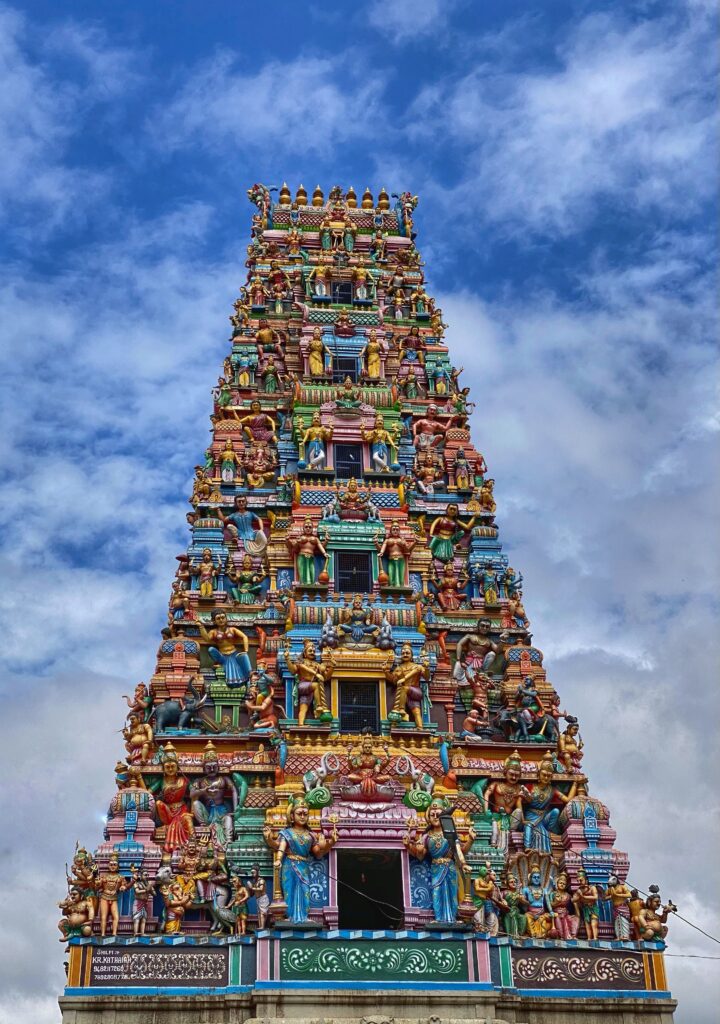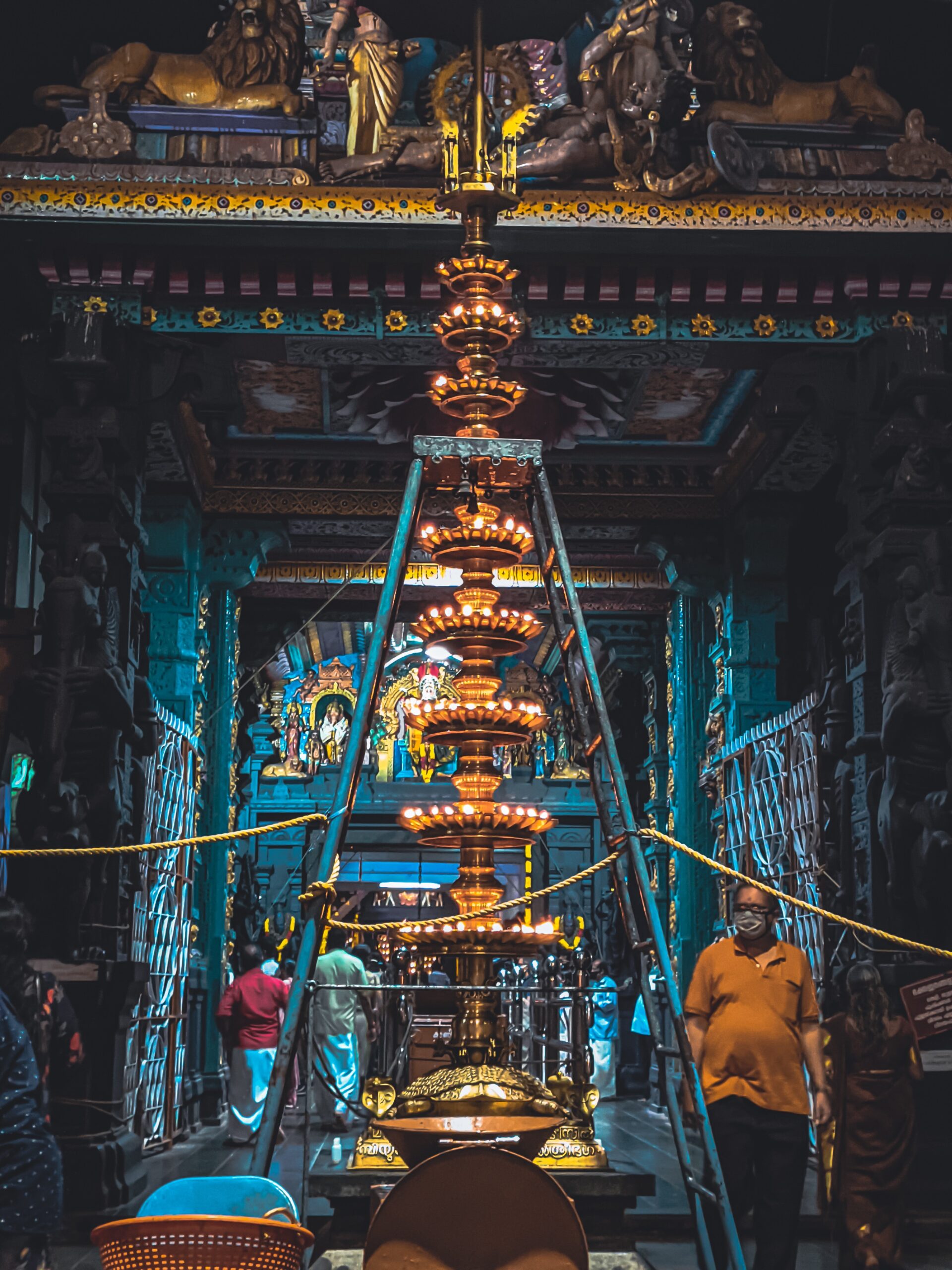Hinduism, one of the world’s oldest and most diverse religions, is renowned for its rich and intricate pantheon of deities and the concept of divine incarnations known as Avatars. In this enlightening exploration, we delve deep into the captivating world of Hindu deities, their symbolism, and attributes, shedding light on the principal gods and goddesses who grace the Hindu pantheon. From Brahma, Vishnu, and Shiva to Durga, Lakshmi, and Saraswati, each deity embodies unique qualities, inspiring devotees with profound spiritual guidance.
We’ll also unravel the concept of Avatars, where gods descend to Earth in various incarnations to protect dharma and restore cosmic balance. These divine manifestations, often associated with Lord Vishnu, provide a deeper understanding of the interconnectedness of the divine and human realms. Additionally, we’ll demystify the intriguing notion of the ’33 Koti Gods,’ a concept often misunderstood but holding profound significance in Hindu spirituality.
The Pantheon of Hindu Deities
In the vast tapestry of Hinduism, a diverse pantheon of deities takes center stage, each representing different facets of divinity. The Trimurti, consisting of Brahma, Vishnu, and Shiva, symbolizes creation, preservation, and destruction, respectively. Brahma, with four faces, signifies the four Vedas, while Vishnu’s divine attributes and incarnations like Rama and Krishna showcase his role as the preserver. Shiva, the cosmic dancer, embodies the cyclical nature of existence.
Goddesses like Durga, Lakshmi, and Saraswati hold equal reverence. Durga, the fearless warrior, exemplifies the triumph of good over evil. Lakshmi, the goddess of wealth, bestows blessings, while Saraswati, the patron of knowledge and the arts, symbolizes wisdom and creativity. These deities inspire devotion and worship, often through rituals and festivals.
Understanding the Concept of Avatars
Avatars, a central concept in Hinduism, involve the divine descent of gods and enlightened beings into the material world. The term “Avatar” signifies the act of crossing from the divine realm to the earthly plane, with Lord Vishnu being the primary exponent of this concept. These incarnations serve to protect righteousness (dharma) and guide humanity on the path of spiritual growth.
Lord Krishna, a renowned Avatar, imparted spiritual wisdom through the Bhagavad Gita. Lord Rama, the hero of the Ramayana, exemplified virtue and unwavering devotion to truth. The Dashavatara, comprising ten primary incarnations of Lord Vishnu, showcases the diverse roles these Avatars play, from preserving the universe to destroying evil forces.
The concept of Avatars extends to other deities, like Goddess Durga and Lord Shiva, who have taken earthly forms to fulfill divine missions. These divine manifestations resonate with human experiences and struggles, offering profound spiritual teachings on compassion, selflessness, and moral conduct.

The Mystique of the ’33 Koti Gods’
The concept of the ’33 Koti Gods’ is often misunderstood as referring to 33 million gods, but it holds a deeper significance. “Koti” in this context does not signify a numerical value but rather means “types” or “categories.” The phrase “33 Koti Gods” represents the diverse and extensive pantheon of deities and celestial beings revered in Hinduism.
Breaking it down:
Eight Vasus represent elemental deities associated with aspects of nature like fire, earth, water, and air.
Eleven Rudras are fierce and powerful deities associated with destruction and transformation, often linked to Lord Shiva.
Twelve Adityas are solar deities, with Surya (the sun god) being the most prominent.
Indra is the king of the gods and the ruler of heaven, associated with thunder, rain, and warfare.
Prajapati is the lord of creation and the progenitor of all beings in the universe.
Together, these categories add up to 33, symbolizing the diverse and multifaceted nature of the Hindu pantheon. Each deity within these categories holds unique significance, contributing to the colorful tapestry of Hindu beliefs and practices.
Significance and Reverence
The significance of Hindu deities, Avatars, and the ’33 Koti Gods’ goes beyond religious devotion; they embody divine virtues and serve as sources of inspiration and guidance. Devotees forge deep connections with these divine figures through rituals, prayers, and bhakti, seeking blessings for a harmonious and spiritually fulfilling life.
The stories of Avatars inspire individuals to emulate virtues in their own lives, emphasizing compassion, selflessness, and devotion to the divine. These divine manifestations serve as timeless reminders of the presence of the divine in the world and in the hearts of millions.
The concept of the ’33 Koti Gods’ reflects the multifaceted nature of divinity and adds to the depth of Hindu spirituality, showcasing the interconnectedness of all existence. In embracing these timeless teachings, we find guidance, inspiration, and a deeper connection to the divine in our own lives.
For more details on Hindu dhrama , you can refer book What Is Hindu: Beyond 33 Koti Gods e-book or a paper back depending on your country from Amazon.com
Facebook



[…] in Hindu Mythology: In Hindu mythology, deities like Brahma, Vishnu, and Lakshmi are often depicted seated on a Lotus, accentuating its divine connection. Its association with […]
[…] Worship: Central to Aghori spirituality is the profound worship of Lord Bhairava, a fierce manifestation of Shiva representing destruction and transformation. they […]
[…] These beads are more than adornments; they’re spiritual tools, embraced for centuries. In Hindu mythology, Rudraksha beads are believed to carry the essence of Lord Shiva himself, endowing […]